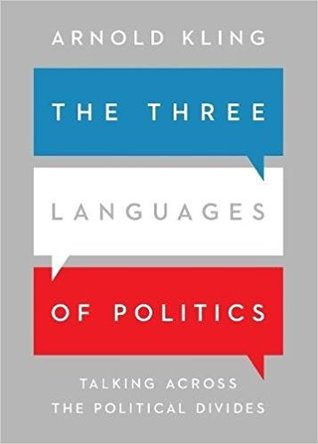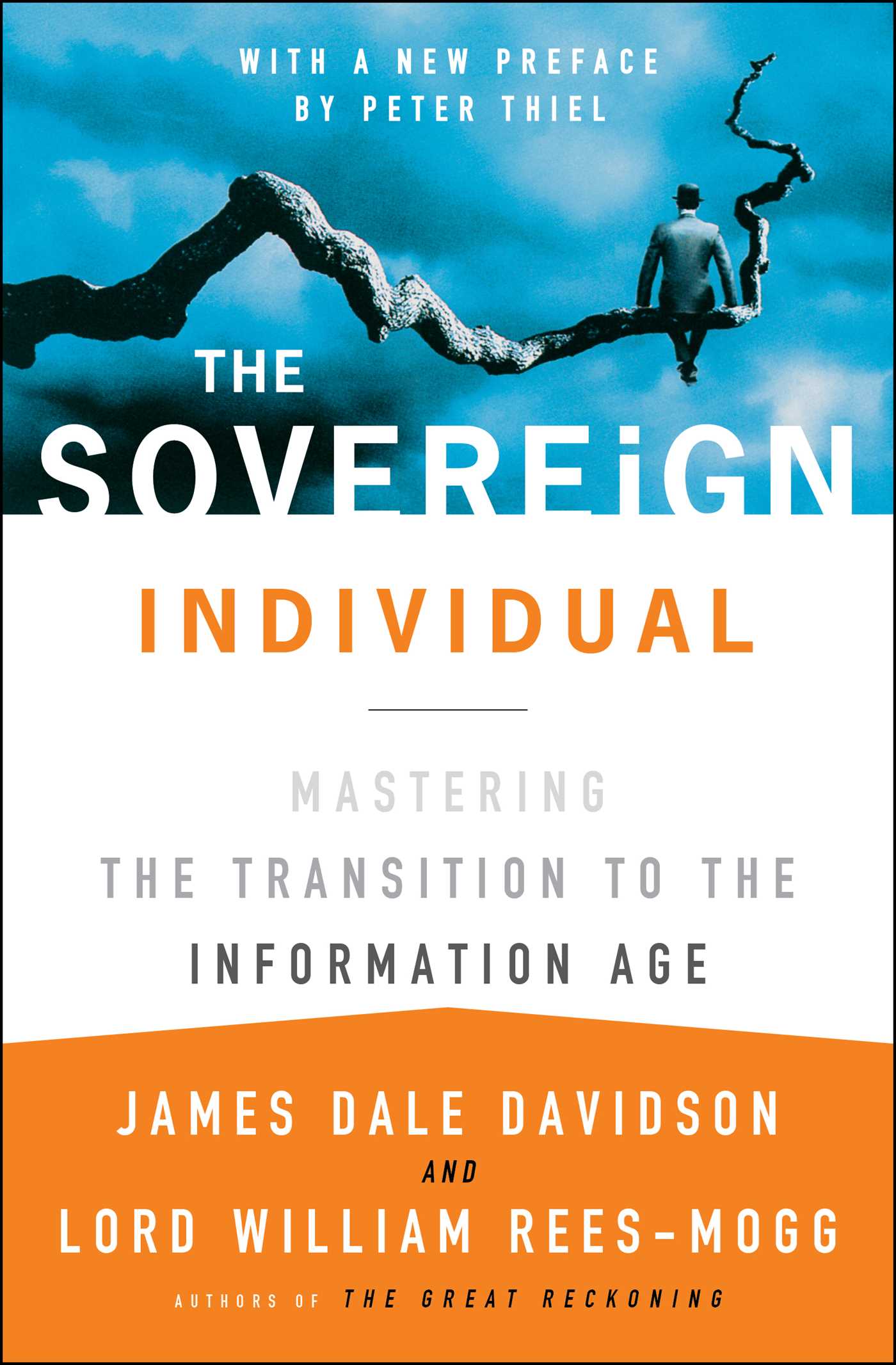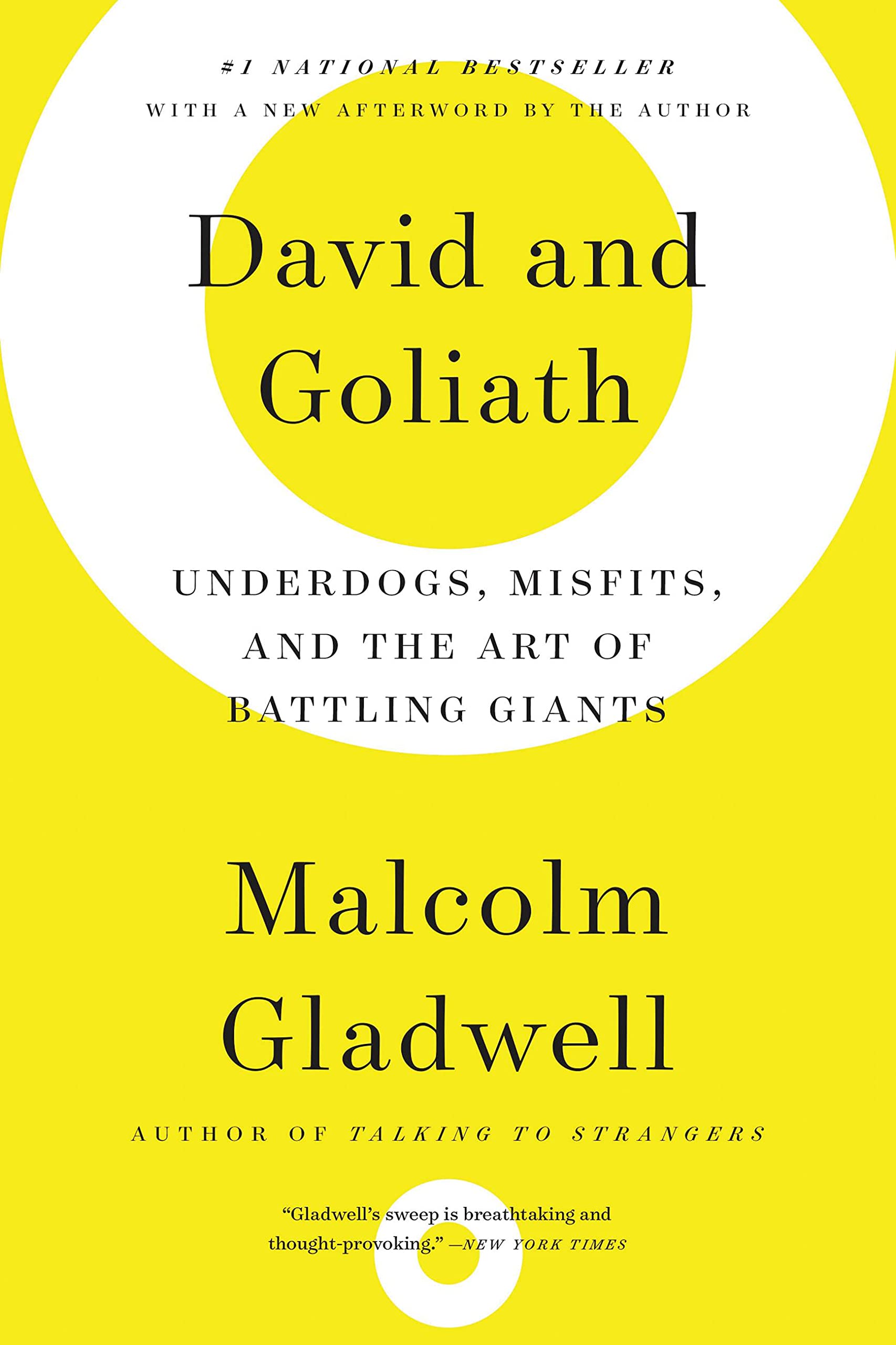The 3 Languages Of Politics
by Arnold Kling
- History
- Ashto =
- Jonesy =

Our political debates are not debates, but are instead vehement expressions of tribal anger. That insight was the basis for the book. Since then, the insight has been reinforced. There is now widespread concern with the way political divisions are exacerbated by the communication that takes place in both traditional and social media.
When you classify a significant movement as unworthy of your consideration due to your intellectual or political station, it is hard to sit down and work out solutions to shared problems – John Mauldin
Politically interested people sort themselves into 3 coalitions: progressive, conservative and libertarian
– Progressive assert a moral superiority over conservatives and libertarians
– Conservatives assert a moral superiority over libertarians or progressives
– And Libertarians assert a moral superiority over progressives and conservatives
They cannot all be correct! And when they think in those terms, it is unlikely that they will sit down and work out solutions to shared problems.
In politics, Arnold claims that progressives, conservatives and libertarians are tribes speaking different languages. The language that resonates with one tribe does not connect with others. As a result, political discussions do not lead to agreement. Instead, most political commentary serves to increase polarization.
The Three Axes
– Progressives will communicate along the oppressor-oppressed axis. “My heroes are people who have stood up for the underpriviliged. The people I cannot stand are the people who are indifferent to the oppression of women, minorities and the poor”
– A conservative will communicate along the civilization-barbarism axis. “My heroes are people who have stood up for Western values. The people I cannot stand are the people who are indifferent to the assault on moral virtues and traditions that are the foundation for our civilization”
– A libertarian will communicate along the liberty coercion axis. “My heroes are the people who have stood up for individual rights. The people I cannot stand are the people who are indifferent to the government taking away people’s ability to make their own decision”
Conservatives who complain about their treatment on college campuses, including having conservative speakers “disinvited” from college events or shouted down when they do appear. Conservatives might label this treatment as “oppression”. But progressives would never agree to categorizing conservatives as belonging to an oppressed class
Whenever we communicate about issues, we tend to fall back in one of the 3 axis. By doing so, we engage in tribalism.
The Moral High Ground
One might think of the 3 axis of demonization. For example, when a progressive labels someone a racist, the progressive is putting that person on the oppressor end of the oppressor-oppressed axis and will assert moral superiority by denouncing oppression. When a conservative labels someone as nihilist, the conservative is putting that person on the barbarism end of the civilization-barbarism axis. He will be claiming moral superiority by denouncing barbarism
When a libertarian labels someone a statist, the libertarian is putting that person on the coercion end of the libertarian-coercion axis. Moral superiority in this case by denouncing coercion.
Applying the 3 axis model
You’d be surprised about how much news can be framed in the 3 axis model.
1. Black Lives Matter
For example, consider the police conduct in dealing with African Americans that has spawned BLM. Progressives, conservatives and libertarians interpret BLM in terms of their preferred axis
– The progressive framing of the issue emphasizes racism among police and the society. Progressives put white police, or white society at large, in the role of oppressors, with African Americans in the role of the oppressed.
– The conservatives framing of the issues emphasize the need for order. Conservatives put criminal suspects and unruly demonstrators in the role of barbarian threats and put police in the role of defenders of civilization.
– The libertarian framing of the issue emphasizes the need for citizens to be free of police harassment
With careful consideration, one can see at least some merit in all three ways of framing the issue. Police have shot African American suspects who were unarmed and not apparently dangerous, legitimizing concerns about racism and the oppressor vs oppressed framing. However some of the highly publicized cases were more justified than protestors claimed. And some of the so called protests have been associated with disorder, such as looting, rioting and violence against police.
2. Interpretation of the holocaust in which Nazis murdered millions of Jews
Along the conservative civilization-barbarism axis, you would give an explanation that sees the Holocaust as illustrating the evil people do when their institutions break down. The Germans were once civilized people, and they have returned to being a civilized people
However, after WW1 the Versailles treaty and economy trauma of hyperinflation and the depression, caused Germans to abandon their traditional institutions. Under the spell of the Nazis, they engaged in genocide. History’s lesson is we need to make sure traditional institutions remain in tact
Along the progressive oppressor-oppressed axis. You would explain the dangers of ethnic prejudice. Genocide is an extreme example of behavior that stems from negative stereotyping of minority groups. Anti Semitism festered in Germany for many decades and the Nazis took it to the extreme
Along the libertarian liberty-coercion axis, the explanation sees an example of the dangers of putting faith in an all encompassing state. Totalitarian regimes are willing to commit mass murder to remain in power and to pursue ideological goals. Both Nazis and Communists murdered millions of citizens. To prevent such horrors, we need to preserve liberty and give less power to government.
3. Goals of tax reform
For conservatives, the main priority of tax reform should be to promote traditional values. The tax code should reward hard work, thrift, and married couples with children. Traditional families, hard work and thrift are elements of civilization. If taxation penalizes civilized behavior and undermines civilized values, then this fosters an eventual return to barbarism.
For a progressive along the oppressor-oppressed axis, the main priority of tax reform should be to reduce inequality. The tax code should extract unwarranted wealth from the rich to provide more public services and assistance to the poor
For a libertarian along the liberty coercion axis, the main priority of tax reform should be to limit the size of government. Taxes ought to be minimal. The freedom to dispose of your own wealth as you wish is liberty.
As you were hearing the examples they might seem simplistic. If so, it is a good sign. It indicated that you are not so steeped in any one viewpoint that you cannot listen to other points of view. Your views are more nuanced than the knee jerk responses based on the 3 axis model.
We can reduce our level of political anger by better understanding the other languages. While listening to the other language, you can still carry the belief that you are right and you don’t need to split differences to compromise. However, you should be less inclined to demonize people who speak different political languages
In a politically engaged world today, ideology has become a powerful marker of identity. It is useful to think of progressives, conservatives and libertarians as rivalrous hostile tribes. As such they have developed linguistic differences and negative stereotypes of one another. Which the 3 axis model helps articulate
Communicating on the preferred axis of the tribe is good for reassuring others of your loyalty in the tribe, lifting your status within it. What political language is not good for is persuading people outside one’s tribe or improving relations with them.
Getting Out Of This Mess
Assume we don’t fully understand the other side.
We usually use political reasoning to arrive at a state of closure. This is the state where we have eliminated any doubt about our beliefs that might otherwise arise when we encounter people whose beliefs are different. When our tribe has a stance on an issue and some fact or analysis threatens to undermine our belief, this creates cognitive dissonance
Motivated reasoning is part of this process of obtaining closure. For example, suppose that a study comes out suggesting that tax cuts do not help grow the economy. Your eagerness to find methodological flaws in the study is likely to differ on the basis of your previous inclinations
On the other hand, if you were already inclined because of your tribal affiliation, to believe that tax cuts do help the economy grow, then you would focus intently on finding methodological flaws in the study. On the other hand, if you were convinced before that tax cuts do not help the economy grow, then you are more inclined to praise the study without examining its methodology.
As David McCraney wrote in You Are Not So Smart Blog: “the results showed liberals believed they knew more about conservatives than conservatives know about liberals. The conservatives believed they knew more about liberals than liberals knew about conservatives. Both groups thought they knew more about their opponents than their opponents knew about themselves”
The dominant model plays an important role in looking for closure
○ As a progressive, you have achieved closure when you have become convinced that those with whom you disagree are at best indifferent to the suffering of the oppressed
○ Conservatives achieve it when yyou become convinced there is closure that you are not indifferent to the phenomenon of people losing their respect for civilized values and institutions and reverting to barbarism
○ As a libertarian, you have achieved closure when you have become convinced that those with whom you disagree are at best indifferent to hte expansion of government’s scope and power
But if you are a progressive, you may find yourself saying that what conservatives and libertarians really want is a hierarchical society where the rich can exploit the poor at will. A conservative might find yourself saying that what progressives and libertarians really want is to tear down society’s instutions (“they’re all Marxists!”). Libertarians will say “all progressives and conservatives want is freedom smothering nanny state. Attributing bad motivates to other tribes is part of the drive to find closure
The Political Turing Test
Economist Bryan Caplan coined the term the ideological Turing test to denote the thought experiment in which you are placed into a room with people holding different ideology and your task is to pretend to share their ideology. If they are convinced you are one of them, then you have passed the test.
To pass the ideological Turing test, you would have to genuinely understand an ideology with which you do not agree. Instead, we tend to presume that we understand people with differing ideologies better than they understand themselves
The 3 axis model could help one pass an ideological Turing test. That is if you are with a group of progressives and you frame the issue on the oppressor-oppressed axis, then you’ll be a soulmate. It needs to be generally accepted, social classes. You can’t just sneak in ‘conservatives’ as oppressed.








